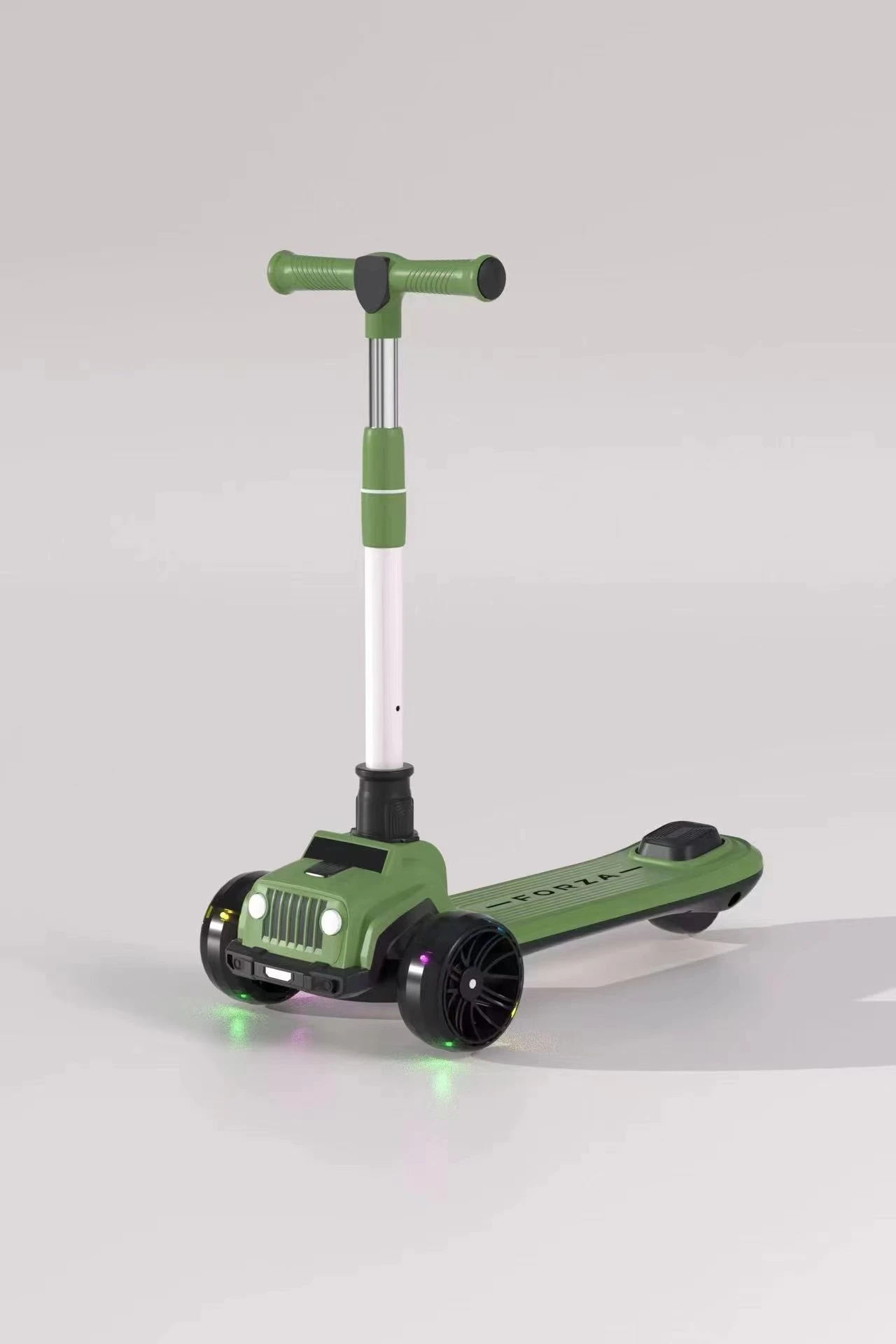Effective Strategies for Teaching Children to Ride a Balance Bike with Confidence
How to Teach Your Kid to Ride a Balance Bike
Teaching your child to ride a balance bike can be an exciting and rewarding experience. Balance bikes are specially designed bicycles without pedals, allowing young children to focus on balancing rather than pedaling. This approach helps kids develop essential skills needed for riding a traditional bike, and it can instill confidence and a love for cycling early on. Here are some tips to effectively teach your child how to ride a balance bike.
1. Choose the Right Balance Bike
Before you start, it’s important to select a balance bike that fits your child. The bike should be lightweight and appropriately sized, allowing your child to sit on the seat with their feet flat on the ground. Check that the seat height is adjustable, as this will accommodate your child’s growth over time. A well-fitted bike will make it easier for them to balance and feel secure.
2. Create a Safe Environment
Find a suitable location for your child to practice. Look for a flat, open space, such as a park or an empty parking lot, with a smooth surface to minimize bumps and distractions. Ensure that the area is safe from traffic and other hazards. This will give your child the freedom to explore and practice at their own pace.
3. Start with the Basics
Begin by introducing your child to the balance bike. Let them walk alongside it while holding onto the handlebars to get comfortable with the bike’s weight and balance. You can demonstrate how to push off with their feet and steer. Encourage them to straddle the bike and walk it forward, allowing them to get a feel for the bike and how it responds to their movements.
4. Encourage Gliding
Once your child is comfortable walking with the bike, encourage them to push off and glide. Have them sit on the bike and use their feet to propel themselves forward. The objective here is to build confidence while balancing. To make it more fun, create a small slope or gentle incline where they can coast down, allowing them to experience the sensation of gliding. Remind them to keep their feet ready to touch the ground if they start to lose balance.
how to teach kid to ride balance bike

5. Focus on Steering and Stopping
As your child becomes more confident with gliding, introduce steering. Set up cones or markers to create a simple course that they can navigate through. This will help them learn how to steer while maintaining balance. Also, teach them how to stop by using their feet. Encourage them to practice coming to a halt gently without letting their feet drag too much on the ground.
6. Gradually Increase Challenges
As your child masters gliding and steering, gradually increase the challenges. You can encourage them to ride on slightly uneven terrain or try gentle turns and curves. Celebrate their successes, no matter how small, to keep them motivated and enthusiastic about learning.
7. Be Patient and Positive
Every child learns at their own pace; some may pick it up quickly, while others may take a bit longer to gain confidence. Be patient and maintain a positive attitude throughout the learning process. Offer encouragement and praise, and avoid putting too much pressure on them. Remember, the goal is to make this experience fun and enjoyable.
8. Progress to Traditional Biking
Once your child has mastered balance biking, they will be well-prepared to transition to a traditional bike with pedals. They will likely have developed a good sense of balance and control, making the transition smoother and easier.
In conclusion, teaching your child to ride a balance bike is a process that involves patience, encouragement, and a focus on building fundamental skills. With the right approach, your child will not only learn to ride but also develop a lifelong love for cycling!
-
The Perfect Baby TricycleNewsAug.11,2025
-
Ride into Fun with Bikes for KidsNewsAug.11,2025
-
Ride into Adventure with the Perfect Kids Balance BikeNewsAug.11,2025
-
Fun and Safe Riding with the Best Childrens ScootersNewsAug.11,2025
-
Find the Perfect Childrens Bike for Your Little OneNewsAug.11,2025
-
Explore the Best Baby Tricycles for Your Little OneNewsAug.11,2025
-
Three-Wheel Light-Up Scooter Benefits for KidsNewsJul.11,2025








